The nine-story tower is 66.90 meters tall (62.59 m without the ornament on top, 51.65 m at the observation deck), and was the city’s tallest structure when it was built. The elevation at ground level is 35 meters above sea-level. The tower has an external diameter of 16.45 meters at the base, and 8.95 meters diameter inside, and walls that are 3.75 meters thick.There is a restaurant and café on its upper floors which command a magnificent view of Istanbul and the Bosphorus. Also located on the upper floors is a night club which hosts a Turkish show. There are two operating elevators that carry visitors from the lower level to the upper levels.
History
Galata Tower was built as Christea Turris (Tower of Christ) in 1348 during an expansion of the Genoese colony in Constantinople. The Galata Tower was the tallest building in Istanbul at 219½ feet (66.9 m) when it was built in 1348. It was the apex of the fortifications surrounding the Genoese citadel of Galata. The current tower should not be confused with the old Tower of Galata, an original Byzantine tower named Megalos Pyrgos (English: Great Tower) which controlled the northern end of the massive sea chain that closed the entrance to the Golden Horn. That tower was on a different site and was largely destroyed in 1203, during the Fourth Crusade of 1202–1204.
The upper section of the tower with the conical cap was slightly modified in several restorations during the Ottoman Empire when it was used as an observation tower for spotting fires.
According to the Seyahatname of Ottoman historian and traveller Evliya Çelebi, in circa 1630-1632, Hezarfen Ahmet Çelebi flew as an early intercontinental aviator using artificial wings for gliding from this tower over the Bosphorus to the slopes of Üsküdar on the Anatolian side, nearly six kilometres away. Evliyâ Çelebi also tells of Hezarfen’s brother, Lagari Hasan Çelebi, performing the first flight with a rocket in a conical cage filled with gunpowder in 1633.
Starting from 1717 the Ottomans began to use the tower for spotting fires in the city. In 1794, during the reign of Sultan Selim III, the roof of the tower made of lead and wood, and the stairs were severely damaged by a fire. Another fire damaged the building in 1831, upon which a new restoration work took place.
In 1875, during a storm, the conic roof on the top of the building was destroyed. The tower remained without this conic roof for the rest of the Ottoman period. Many years later, in 1965-1967, during the Turkish Republic, the original conical cap was restored. During this final restoration in the 1960s, the wooden interior of the tower was replaced by a concrete structure and it was commercialized and opened to the public.
From the top of the tower, the first French panorama painter Pierre Prévost drew in 1818 his “Panorama de Constantinople” which was later exposed in Paris in 1825.
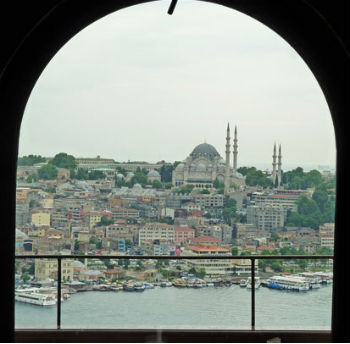
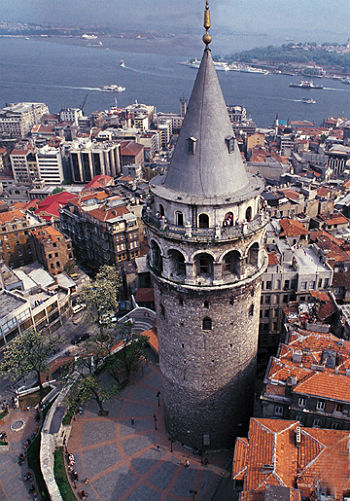
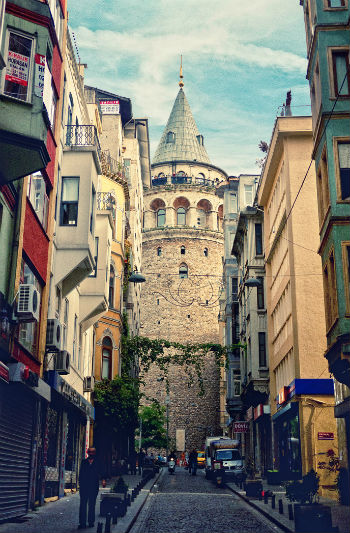
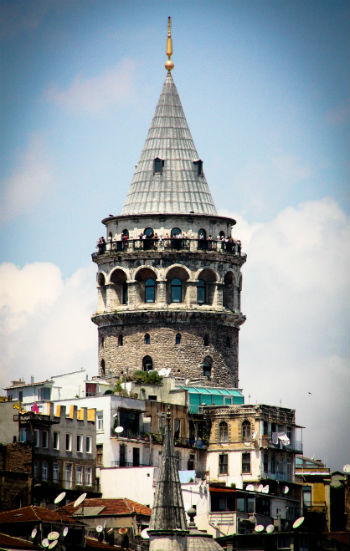
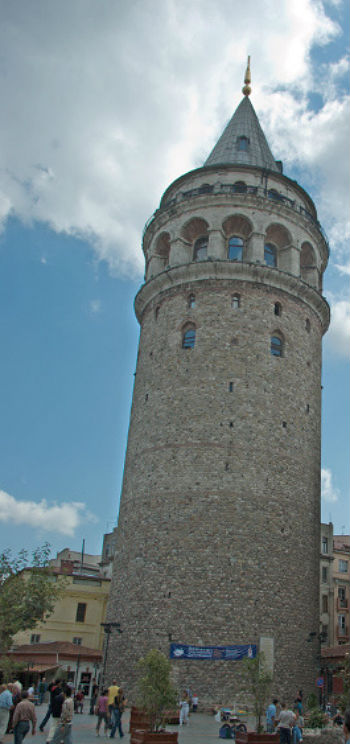


Value for money, exceptional views and a gorgeous setting. Put your walking shoes on for this one, and prepare for some steep climbing to reach Galata Tower. The only let down was the overpriced food and drink in the tower's café, but after being offered a 360 degree panorama of the city, you tend to forget the prices.